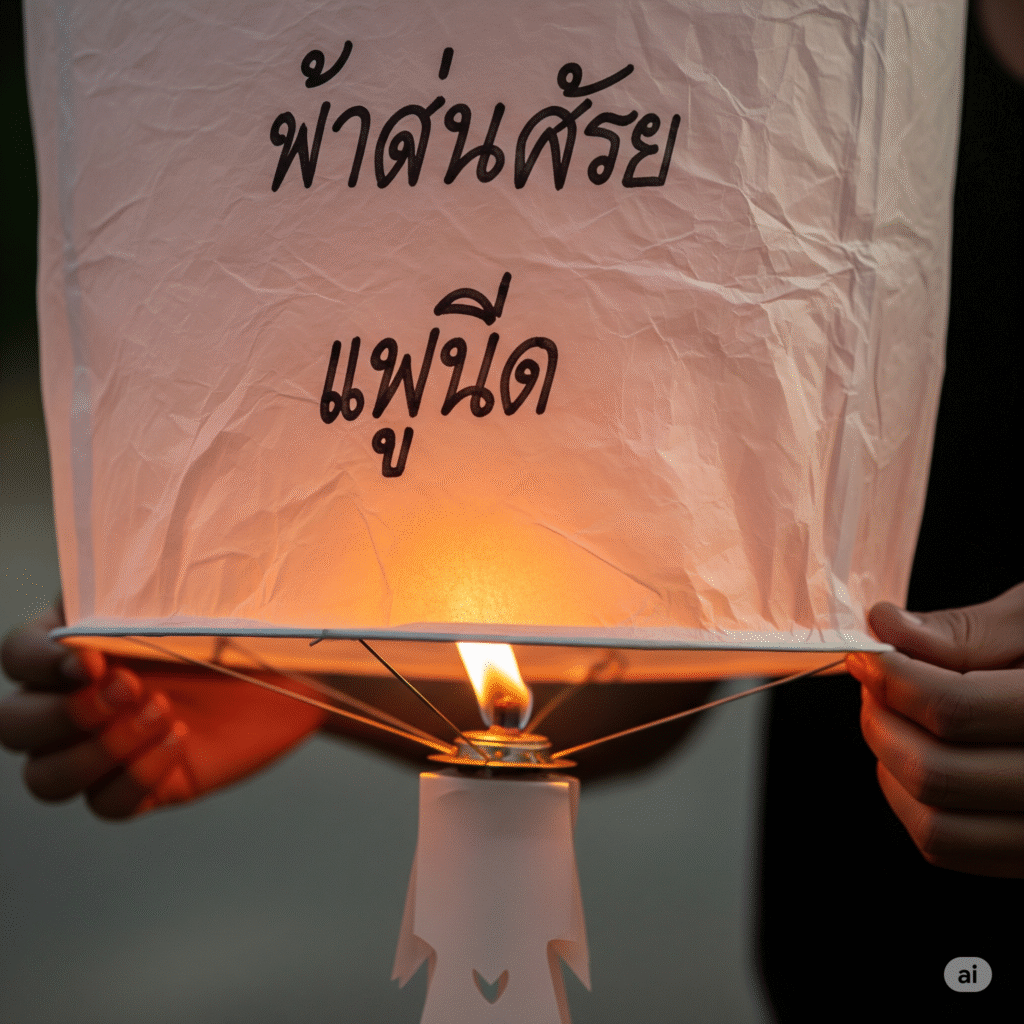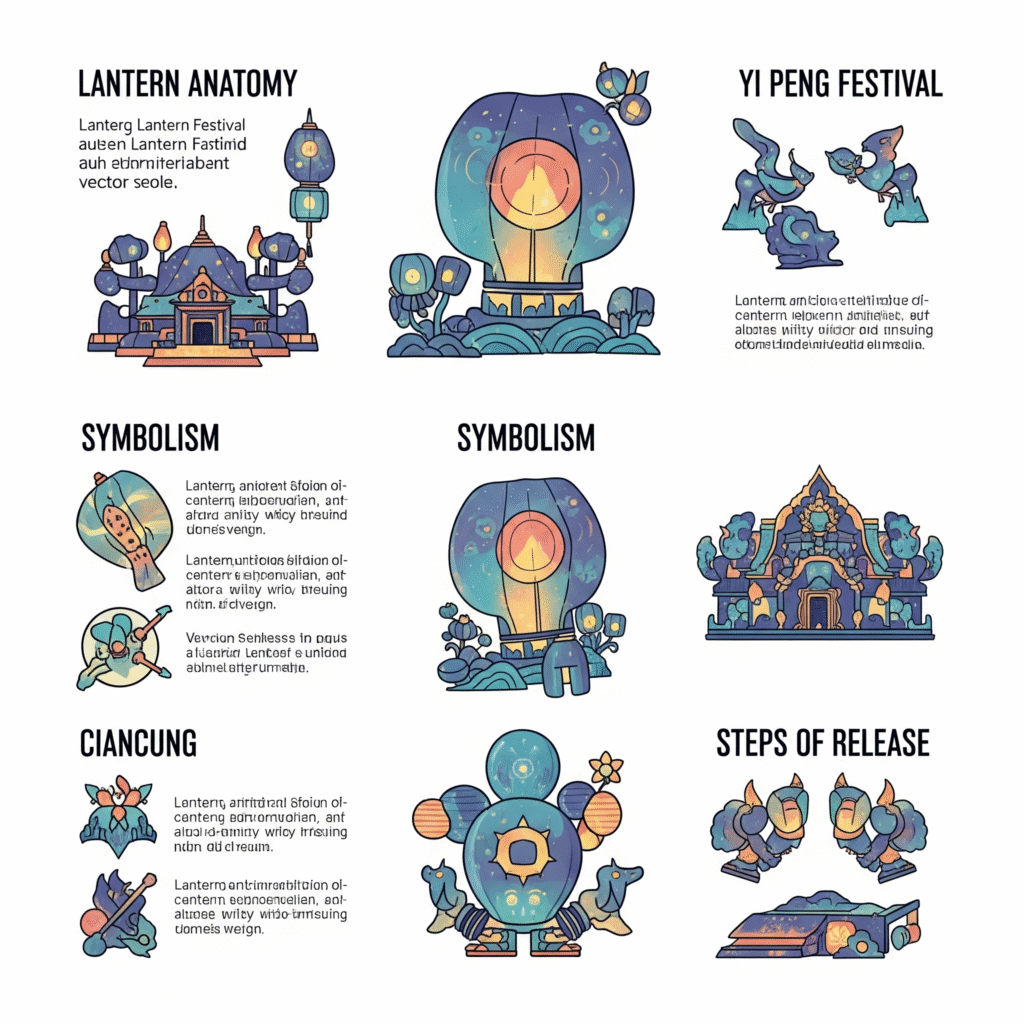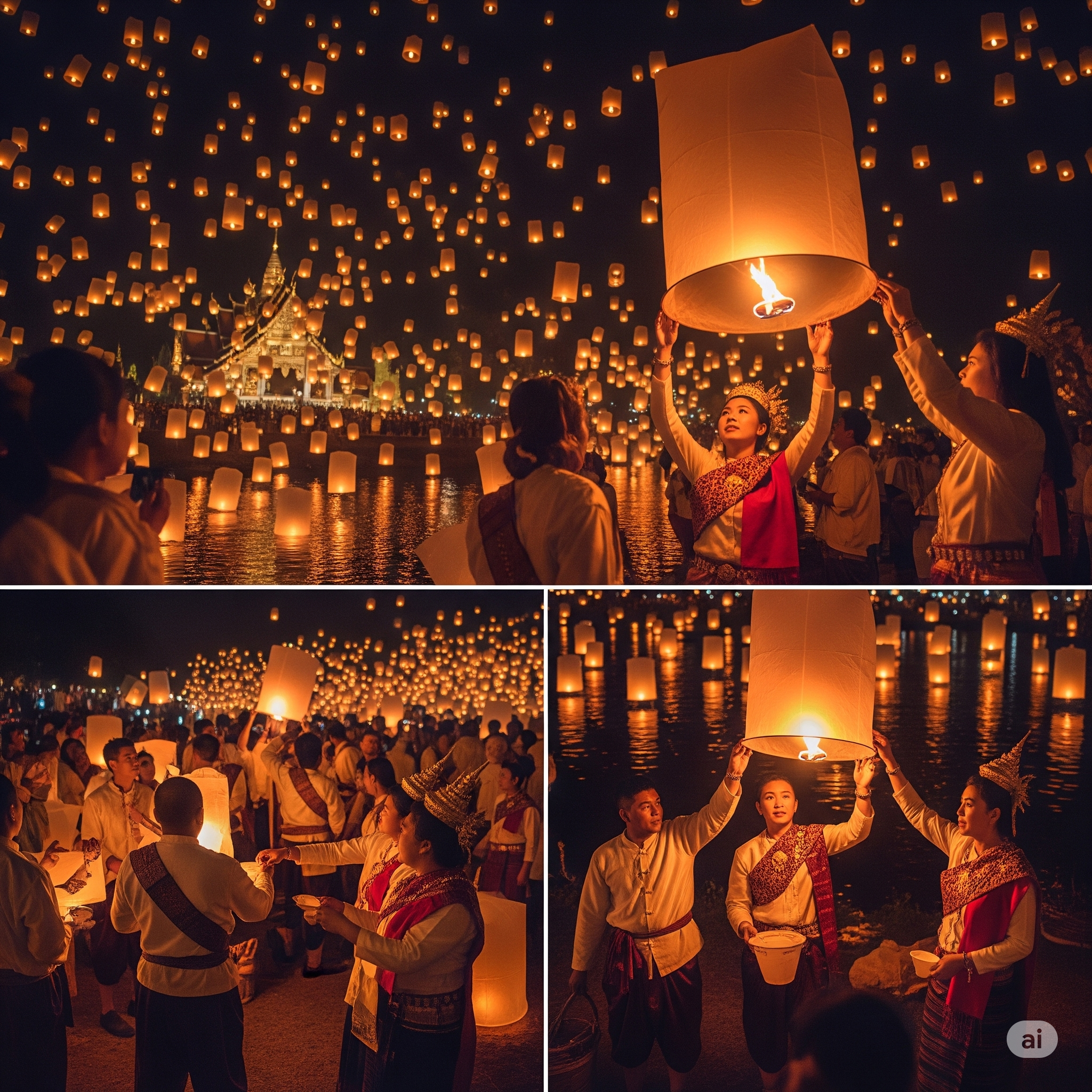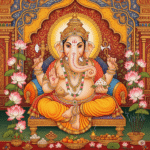Each year, as the moon reaches its fullest in November, the night skies of northern Thailand come alive with a breathtaking sight — thousands of glowing lanterns rising into the heavens. While photos of the Yi Peng Lantern Festival flood social media feeds, few realize just how deep the roots of this celebration go. It’s not just a visual spectacle — it’s a centuries-old spiritual ritual filled with symbolism, gratitude, and hope.
What Is Yi Peng?

Yi Peng (also spelled Yee Peng) is a festival celebrated primarily in Chiang Mai, a cultural capital in northern Thailand. The name “Yi Peng” translates to the “full moon of the second month” in the Lanna calendar. It coincides with Loy Krathong, a nationwide Thai festival in which people float small decorated baskets (krathong) down rivers.
While Loy Krathong involves water, Yi Peng is all about air. Participants release khom loi — rice paper lanterns with a flame inside — into the night sky, each carrying a wish or prayer for the future.
A Spiritual Act, Not Just a Selfie Moment
Though today’s festival attracts tourists and Instagrammers, its roots are deeply Buddhist. Releasing a lantern symbolizes letting go of bad luck, worries, and negativity. It’s an act of renewal, clearing emotional space for good fortune and inner peace.
Monks lead prayers and chants before the release, and lanterns are often blessed before being set free. The entire atmosphere becomes meditative — thousands of flickering lights rising together in silence, mirroring stars returning to the sky.
Why Lanterns?
The concept of using light to overcome darkness is universal, but in Thai Buddhism, light represents enlightenment and guidance. Releasing a glowing lantern is symbolic of illuminating one’s path in life. Many people also write personal messages or the names of loved ones on the lanterns, transforming the act into a kind of floating prayer.
Traditional khom loi are made from bamboo frames and thin rice paper, with a small wax burner that heats the air and lifts them skyward. Artisans still make these by hand in villages around Chiang Mai, ensuring the cultural integrity of the craft.
The Festival Experience

Yi Peng usually lasts for several days, with events including temple fairs, street parades, and light installations. The most magical moments, however, happen during the mass lantern releases held at places like Mae Jo University and temples outside the city.
Locals dress in traditional Lanna attire, and visitors are encouraged to participate respectfully. It’s not uncommon to see families, friends, and even strangers holding a lantern together, sharing a wish and watching it rise in unison.
Eco-Conscious Celebrations
As the festival has grown in popularity, so have concerns about its environmental impact. In response, Chiang Mai authorities have introduced eco-friendly lanterns and stricter launch zones to avoid damage to power lines or wildlife.
Artisans now produce biodegradable lanterns using natural glues and rice paper, helping to preserve the festival’s beauty without harming nature — another reflection of Buddhist values.
Yi Peng vs. Loy Krathong
While they happen at the same time, the two festivals differ in symbolism and practice. Yi Peng is more focused on the sky, air, and spiritual cleansing. Loy Krathong, on the other hand, is about thanking the water goddess Phra Mae Khongkha by floating decorated rafts on rivers and lakes.
Together, they represent a balance — air and water, letting go and giving thanks, past and future.
What We Can Learn From It
In a world full of noise, the simple act of releasing a lantern in silence reminds us of the power of ritual. Yi Peng teaches that renewal doesn’t require fireworks or fanfare — just intention, community, and light. It’s a tradition that continues to evolve, carrying its gentle message of hope, one lantern at a time.








